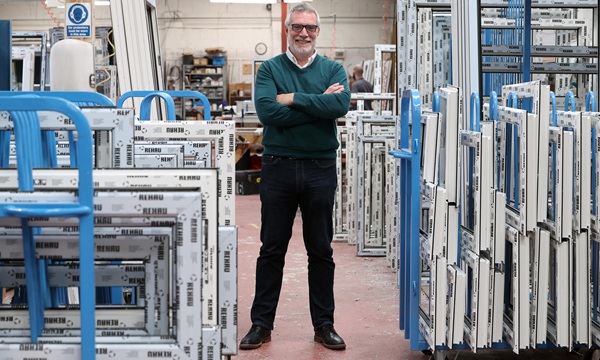By Rhys Owen,
Energy Team,
______________________________________________________________________________________________________________________________
Last week saw the COP27 Summit bring together thousands of delegates from across the world, to refine a climate action agreement designed to keep global temperature rises below 1.5 degrees Celsius.
Scientists unanimously agree that any rise higher than 1.5C could be catastrophic for our future on the planet – and with Wales Climate Week keeping the whole issue of energy efficiency and security in the spotlight, the CCR Climate Coalition, in collaboration with the Welsh Government Energy Service, has published a guide to ‘low and no cost cost’ energy efficient solutions, to help businesses and individuals mitigate against rising energy costs this winter.
10 practical steps to reducing energy costs
The 10-step guide is proven to reduce energy consumption and costs without sacrificing the essential warmth (an absolute minimum of 18ºC ) needed for our bodies to function optimally:
- Reducing the set point temperature by just 1ºC can save you up to 8% on your energy consumption.
- Turning off heating one hour before your business closes should mean the heat is sufficiently retained for that ‘final’ hour.
- A room will heat up at the same rate whether the thermostat is set to 20ºC or 25ºC – so resist the urge to ‘boost’ the temperature when switching on your heating.
- Maintain pipework and hot water tank insulation in plantrooms to improve efficiency, remembering that an uninsulated valve or flange can lose the heat equivalent to 1 metre of uninsulated pipework. If your plantroom feels too warm, then it’s likely that you need to improve the insulation.
- Clean the fans, filters and air ducts in any air handling systems. This can yield up to 60% improvement in efficiency.
- Check timeclocks for external lighting. Do they fit with current daylight hours? Install motion sensors in low traffic areas (toilets and storerooms, for example) where lights are often left on. Always use LED lighting alternatives where possible, as they are 75% more efficient.
- Draught proof doors and reseal windows to avoid unnecessary heat loss during the winter months.
- Don’t neglect basic building maintenance. A damp building is harder (and more expensive) to heat than a dry building. Check that roofs, walls, windows, doors, gutters, drainpipes and drains are in good condition. Fix leaks and blockages, and remove overgrown vegetation from around buildings to prevent water getting into buildings. Undertaking all of these measures will save on long-term repair costs, too.
- Involve your employees in the process, through an energy awareness campaign that will help people make savings both at work and at home – with effective campaigns proven to save 10%-15% on fuel bills, by educating people on the benefits of understanding specific such as building controls, shut-down procedures and reduced use of stand-alone electric heaters.
With more people now working from home, scheduling consistent team days in the office and utilising shared work spaces will decrease unnecessary energy loads. - Remember the old adage that you cannot manage what is not measured – so install and utilise existing metering and monitoring in buildings, or take regular meter readings to assess performance. Consider integrating energy monitoring into BMS controls, making sure clear roles and responsibilities are in place to manage that performance data.
If you and your business are interested in joining the CCR Climate Coalition, to help shape the decarbonisation journey of businesses in South East Wales, email Rhys.Owen4@cardiff.gov.uk for more information.





















